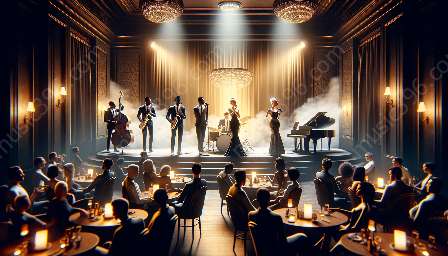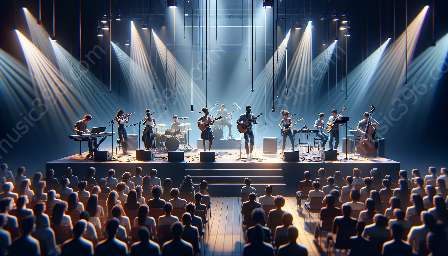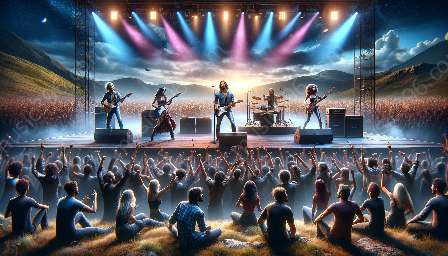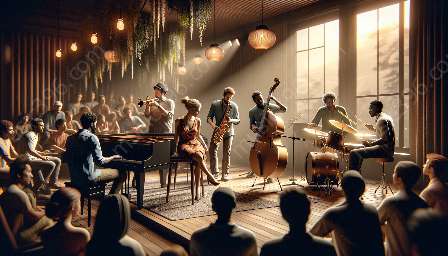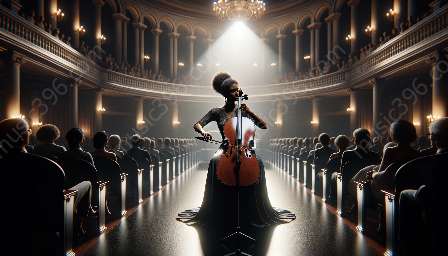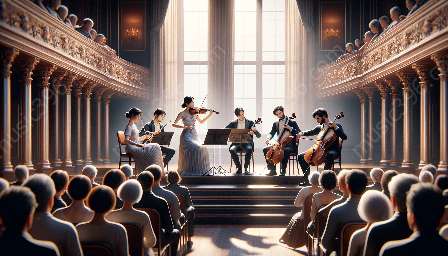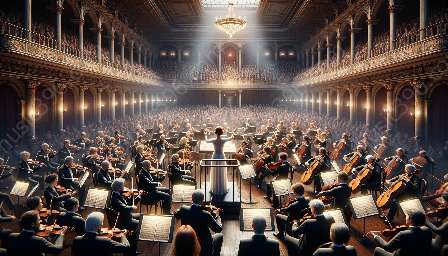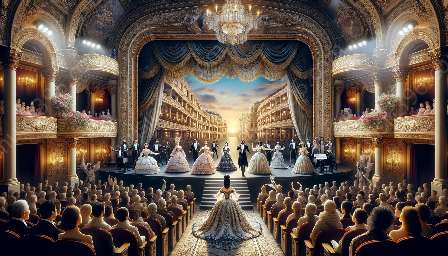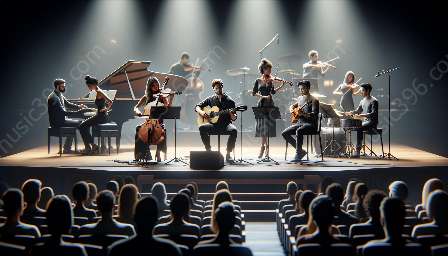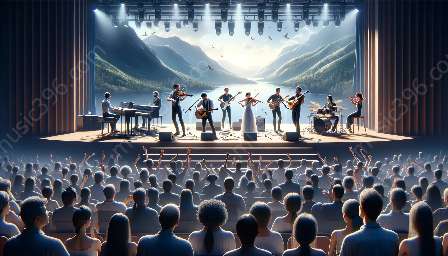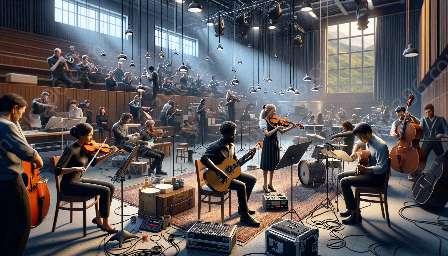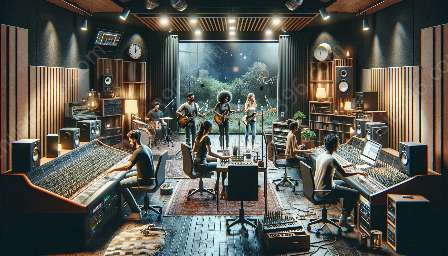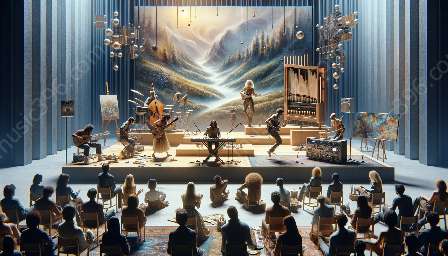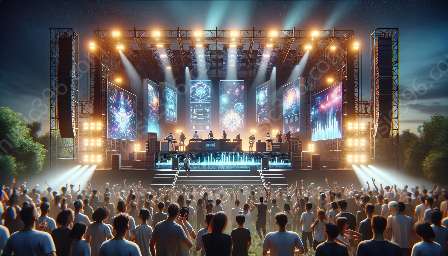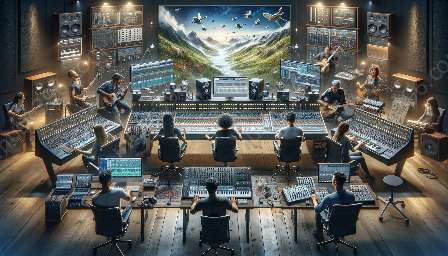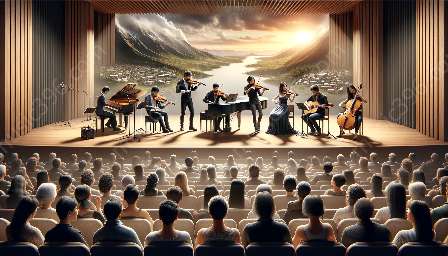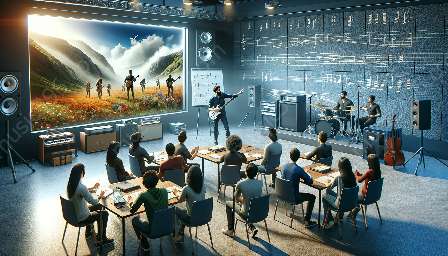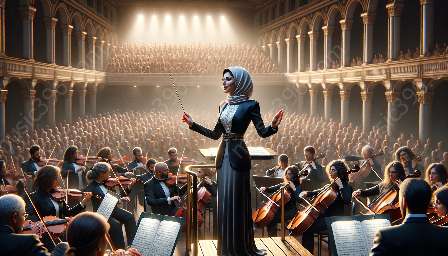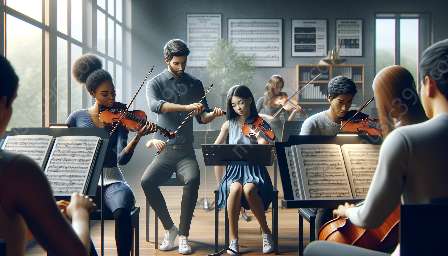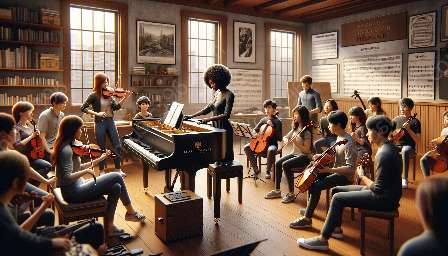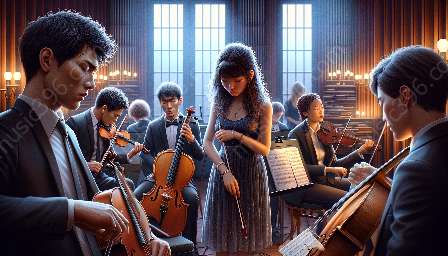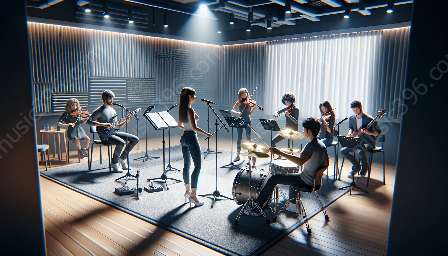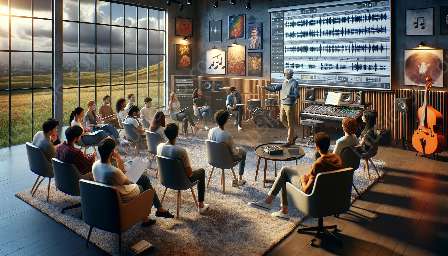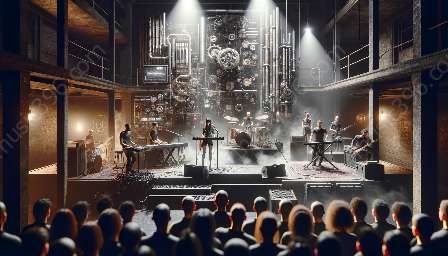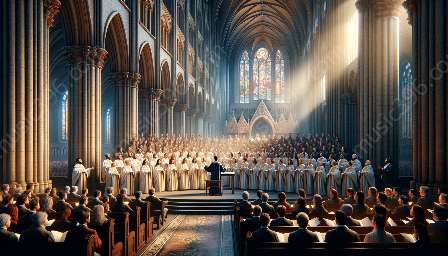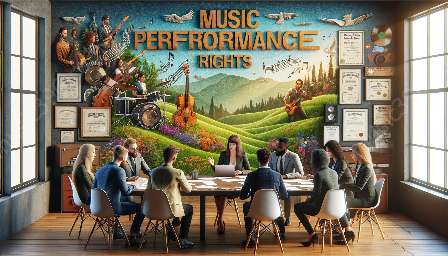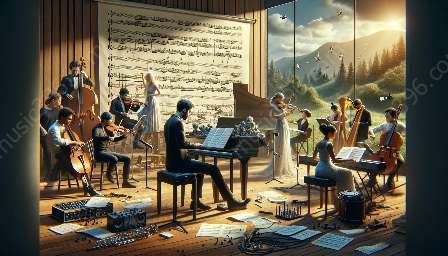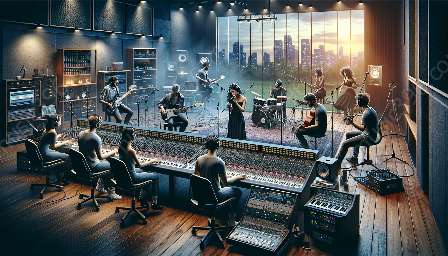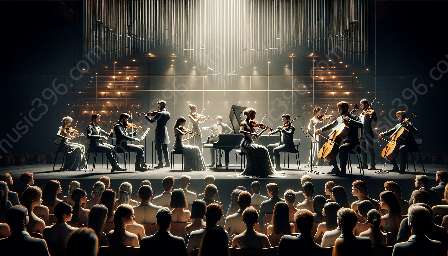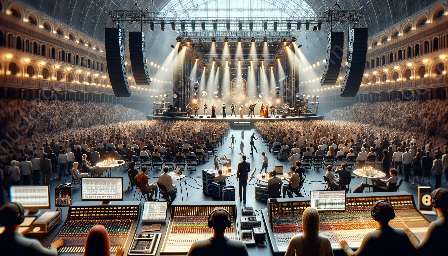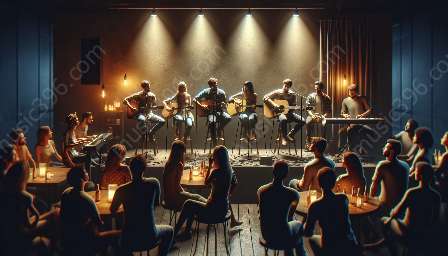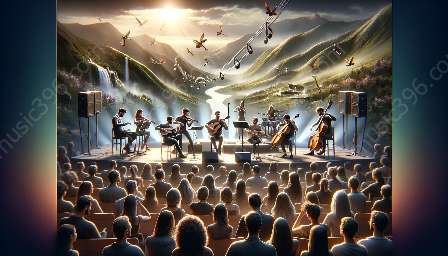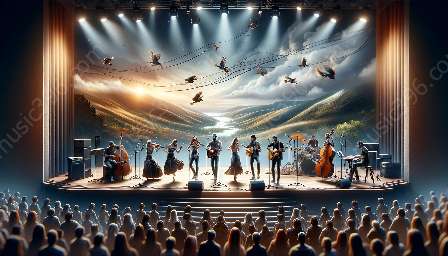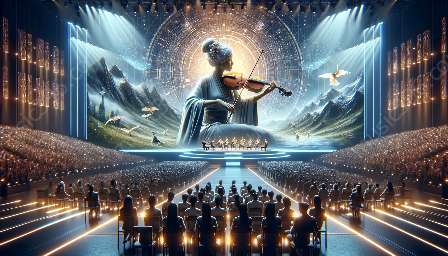Sight reading is an essential skill in contemporary music pedagogy, playing a crucial role in the development of a well-rounded musician. It is closely linked to music performance and holds significance in the world of music education. This article will explore the importance of sight reading in contemporary music pedagogy, its compatibility with sight reading in music performance, and its impact on overall music performance. Additionally, we will delve into the strategies and techniques for developing and honing this skill.
The Importance of Sight Reading in Contemporary Music Pedagogy
Sight reading, also known as prima vista, is the ability to read and perform music at first sight. In contemporary music pedagogy, sight reading is considered an integral part of music education, as it helps students become better musicians by enhancing their overall musical abilities. It provides musicians with the necessary tools to perform music accurately and expressively without prior preparation.
Through sight reading, students can improve their musical literacy, including note recognition, rhythm comprehension, and interpretative skills. This skill enables musicians to quickly grasp the musical elements present in a piece, allowing for a more comprehensive understanding of the music.
Sight Reading in Music Performance
Sight reading in music performance is a skill that is sought after by performers across various genres. Musicians who can read and perform music at first sight have a distinct advantage, as they can quickly adapt to new musical material and engage in collaborative performances with minimal preparation.
For music performers, sight reading opens up opportunities to explore a diverse range of musical repertoire and take part in impromptu performances, auditions, and rehearsals. It is particularly valuable for ensemble performers who need to synchronize and harmonize with other musicians in real-time.
The Impact on Overall Music Performance
The proficiency in sight reading directly influences the overall music performance of a musician. It enhances their ability to learn new pieces efficiently and accurately, thereby expanding their repertoire. Additionally, it contributes to the development of musical fluency, allowing performers to deliver expressive and emotive renditions.
Furthermore, sight reading skills equip musicians with the flexibility to adapt to unforeseen musical challenges, leading to confident and dynamic performances. Integrating sight reading into music pedagogy enhances students' readiness for professional careers in music, as it prepares them to handle the demands of live performances and studio recordings.
Strategies and Techniques for Developing Sight Reading Skills
Developing sight reading skills requires a strategic approach that encompasses various techniques and methodologies. Teachers and educators can employ the following strategies to nurture and cultivate sight reading abilities in their students:
- Incremental Approach: Introduce sight reading exercises gradually, starting with simple musical passages and progressively advancing to more complex compositions. This incremental approach allows students to build confidence and competence over time.
- Rhythmic Training: Emphasize rhythm comprehension by incorporating rhythmic exercises and clapping patterns. This helps students internalize rhythmic structures, enabling them to accurately interpret and perform rhythms in sight reading.
- Pattern Recognition: Encourage students to identify recurring patterns and motifs within musical scores. Developing pattern recognition facilitates quicker assimilation of musical elements and enhances sight reading fluency.
- Utilizing Technology: Integrate music software and apps that offer sight reading modules, allowing students to practice and assess their sight reading skills independently. Technology can provide valuable tools for fostering sight reading proficiency.
- Performance Opportunities: Create platforms for students to engage in ensemble playing, sight reading sessions, and public performances. Regular performance opportunities cultivate adaptability and confidence in sight reading.
Conclusion
Sight reading is a vital component of contemporary music pedagogy, seamlessly integrating with music performance to augment the overall musical proficiency of students. By developing and honing sight reading skills, musicians are equipped to navigate the intricacies of musical expression and interpretation, ultimately enhancing their artistic capabilities and professional readiness. The incorporation of effective strategies and techniques further empowers educators and students to embrace sight reading as a fundamental aspect of musical education and performance.

